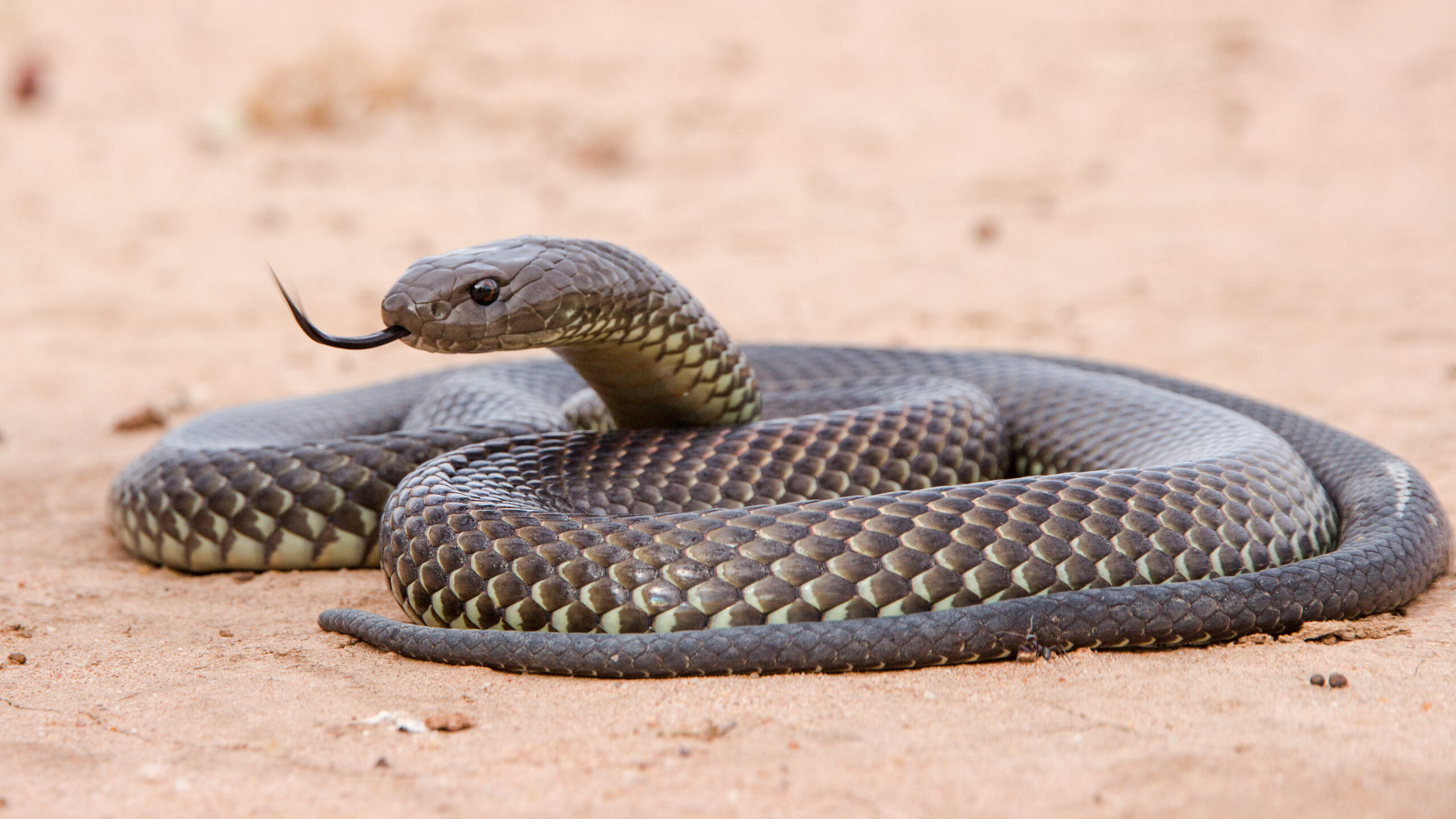Introduction
Snake attacks are a severe clinical emergency that can occur in numerous settings, especially in regions where serpents prevail. In Australia alone, there are numerous species of venomous snakes such as the Tiger Serpent, Eastern Brown Serpent, and King Brown Snake. Comprehending how to effectively manage snake bites is essential for any person that hangs out outdoors or lives in rural areas. This write-up will certainly check out comprehensive emergency treatment monitoring approaches for snake bites and lay out best practices for reacting to these incidents.
First Aid Monitoring of Serpent Bites: Finest Practices for each Situation
When handling a snake bite, the first reaction can substantially influence the target's outcome. Immediate action is essential since quick clinical treatment typically identifies the degree of injury or survival price. Here are essential emergency treatment concepts to remember:
Stay Calm: The primary step in managing a serpent bite is to remain calm. Panic can elevate heart prices and raise the spread of poison throughout the body. Call for Help: Dial emergency solutions right away. Provide them with your location and any kind of details about the serpent if possible. Keep the Target Still: Encourage the target to stay as still as possible. Activity can raise blood flow, speeding up venom absorption into the bloodstream. Positioning: If feasible, place the affected arm or leg at or listed below heart level. This positioning assists reduce poison spread. Remove Tight Clothing: Loosen up any type of garments or jewelry around the bite site; swelling might happen swiftly after a snake bite. Do Not Apply Ice/Cold Packs: Unlike popular belief, applying ice can get worse tissue damage and ought to be avoided.Understanding Snake Species and Their Habitats
Tiger Snakes and Their Habitat
Tiger serpents (Notechis scutatus) are among Australia's many notorious poisonous snakes due to their aggressive nature and powerful venom.
- Habitat: They typically populate seaside regions, wetlands, and areas with dense vegetation like marshes and swamps. Risks: Recognition of local tiger serpent environments can decrease the risk of running into one unexpectedly.
Eastern Brown Snakes: A Considerable Threat
The Eastern Brown Snake (Pseudonaja textilis) is one more highly poisonous species found throughout eastern Australia.
- Habitat: This serpent grows in urban locations, agricultural lands, and grasslands. Behavior: Understood for its quick strikes when intimidated, comprehending its actions might aid mitigate encounters.
Recognizing Signs and symptoms of Snake Bites
Identifying signs at an early stage can enhance opportunities of efficient treatment:
Local Symptoms: are blue bellied black snake venomous- Pain and swelling around the bite site Discoloration or bruising
- Nausea or vomiting Difficulty breathing Signs of shock (e.g., light skin, rapid heart beat)
First Aid Protocols for Specific Serpent Bites
First Help for Tiger Serpent Bite
In instance of a tiger snake bite:
Stay tranquility; maintain still. Call emergency situation services immediately. Immobilize the influenced arm or leg using a splint if available. Do not attempt to suck out poison or use ice.First Help for Eastern Brown Snake Bite
For an eastern brownish serpent bite:

Creating Your Serpent Bite Emergency Treatment Kit
A well-prepared emergency treatment kit can make all the difference throughout emergency situations:
|Product|Function|| -------------------------------|---------------------------------------------------|| Compression plasters|To incapacitate arm Find out more or legs|| Sterile gauze|To cover wounds|| Antihistamines|For allergies|| Emergency contact numbers|Quick gain bandy bandy snake access to throughout dilemmas|| User's manual|Step-by-step support on managing emergencies|
What Should You Never Do When Treating a Serpent Bite?
Here's a list of common pitfalls when treating serpent bites:
Do not use tourniquets; they can cause even more harm than good. Avoid cutting into or trying to suck out poison from the wound. Never offer alcohol or energizers to victims as it can exacerbate their condition.FAQs About First Aid Administration of Serpent Bites
1. What must I do if I see a snake?
Stay calm and retreat gradually without abrupt movements.

2. How do I recognize if a serpent is venomous?
Research local varieties' qualities; lots of have distinctive color patterns or markings.
3. Can I use ice on a serpent bite?
No, using ice can boost tissue damage.
4. For how long do I have after being bitten prior to seeking medical attention?
Seek medical attention quickly-- time is crucial with poisonous bites!
5. Is it risk-free to drive myself to the medical facility after a bite?
No! It's harmful as signs and symptoms may aggravate en path; wait for professional help.
6. Are all serpents in Australia dangerous?
No! While Australia has lots of hazardous snakes, there are additionally non-venomous species that pose no threat.
Conclusion
The first aid administration of snake attacks requires timely activity integrated with expertise about neighborhood varieties' behavior and habitats like those of tiger serpents and eastern brownish snakes in Australia. By adhering to ideal techniques detailed above-- such as continuing to be tranquility, calling emergency solutions quickly, and recognizing what not to do-- you dramatically enhance survival chances after such accidents occur.

Equipping on your own with expertise regarding various sorts of serpents in your area and preparing a proper emergency treatment package will ensure you're ready needs to an encounter arise-- making you far better prepared to handle this possibly dangerous situation effectively!